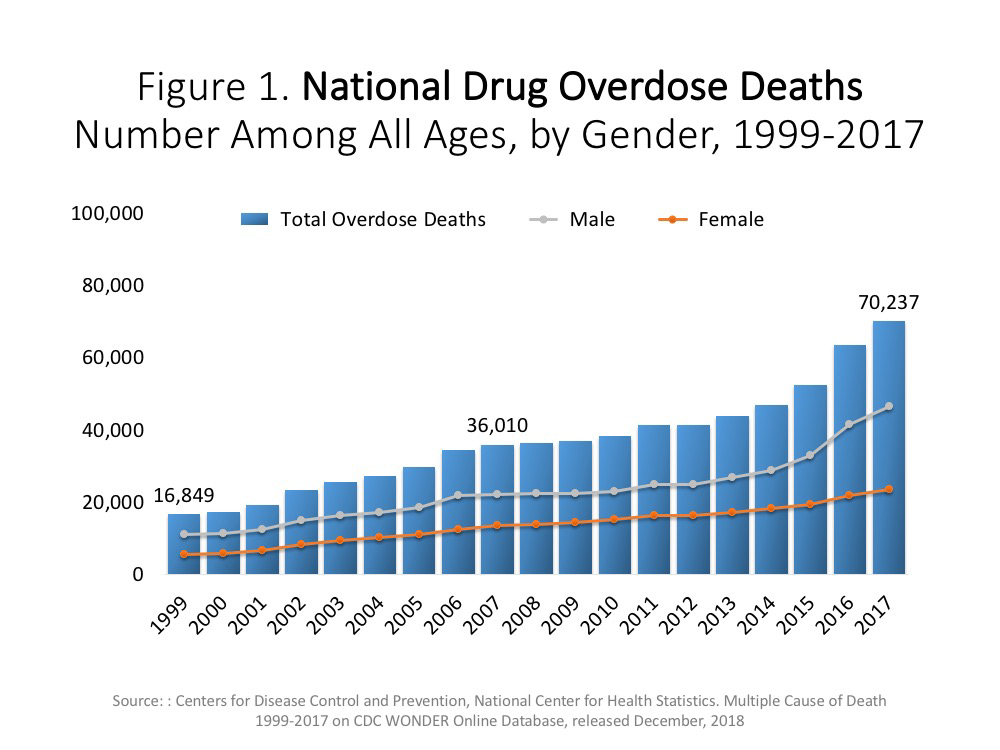Where to Start? A Two Stage Residual Inclusion Approach to Estimating Influence of the Initial Provider on Health Care Utilization and Costs for Low Back Pain in the US
Where to Start? A Two Stage Residual Inclusion Approach to Estimating Influence of the Initial Provider on Health Care Utilization and Costs for Low Back Pain in the US
SOURCE: BMC Health Serv Res 2022 (May 23); 22 (1): 694
| OPEN ACCESS |
Kenneth J. Harwood, Jesse M. Pines, C. Holly A. Andrilla & Bianca K. Frogner
College of Health and Education,
Marymount University,
Arlington, VA, USA.
Background: Diagnostic testing and treatment recommendations can vary when medical care is sought by individuals for low back pain (LBP), leading to variation in quality and costs of care. We examine how the first provider seen by an individual at initial diagnosis of LBP influences downstream utilization and costs.
Methods: Using national private health insurance claims data, individuals age 18 or older were retrospectively assigned to cohorts based on the first provider seen at the index date of LBP diagnosis. Exclusion criteria included individuals with a diagnosis of LBP or any serious medical conditions or an opioid prescription recorded in the 6 months prior to the index date. Outcome measures included use of imaging, back surgery rates, hospitalization rates, emergency department visits, early- and long-term opioid use, and costs (out-of-pocket and total costs of care) twelve months post-index date. We used a two-stage residual inclusion (2SRI) estimation approach comparing copay for the initial provider visit and differential distance as the instrumental variable to reduce selection bias in the choice of first provider, controlling for demographics.
Results: Among 3,799,593 individuals, cost and utilization varied considerably based on the first provider seen by the patient. Copay and differential distance provided similar results, with copay preserving a greater sample size. The frequency of early opioid prescription was significantly lower when care began with an acupuncturist or chiropractor, and highest for those who began with an emergency medicine physician or advanced practice registered nurse (APRN). Long-term opioid prescriptions were low across most providers except physical medicine and rehabilitation physicians and APRNs. The frequency and time to serious illness varied little across providers. Total cost of care was lowest when starting with a chiropractor ($5,093) or primary care physician ($5,660), and highest when starting with an orthopedist ($9,434) or acupuncturist ($9,205).
There is more like this @ our:
COST-EFFECTIVENESS Section and the:




